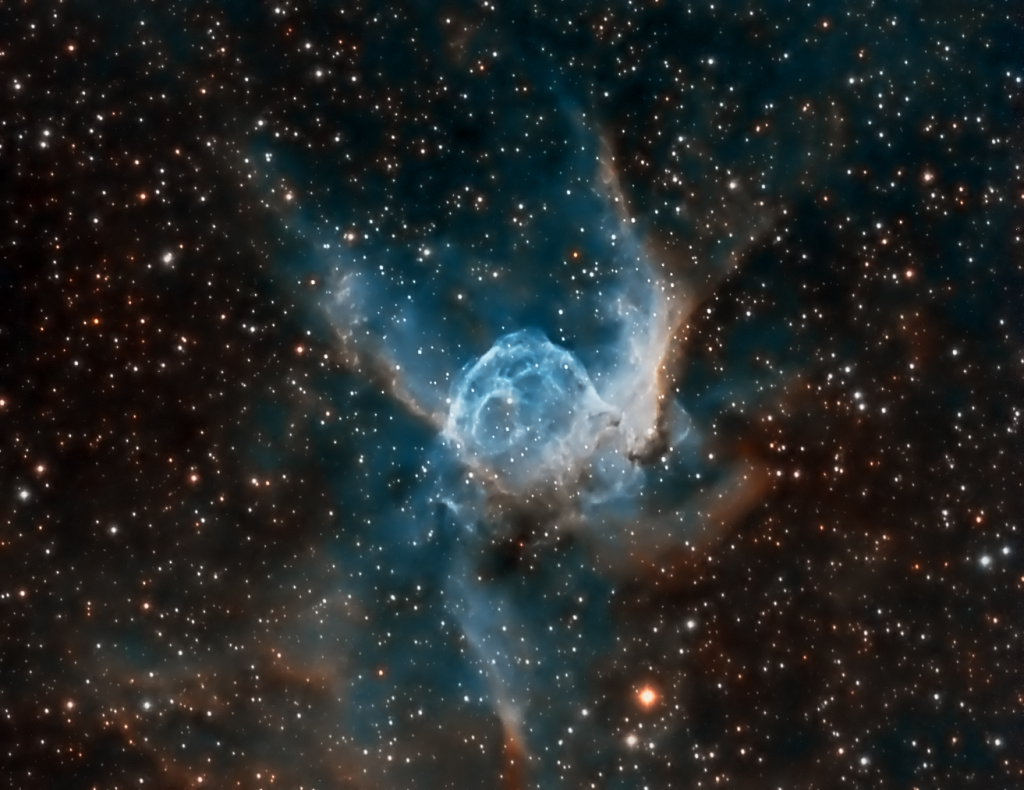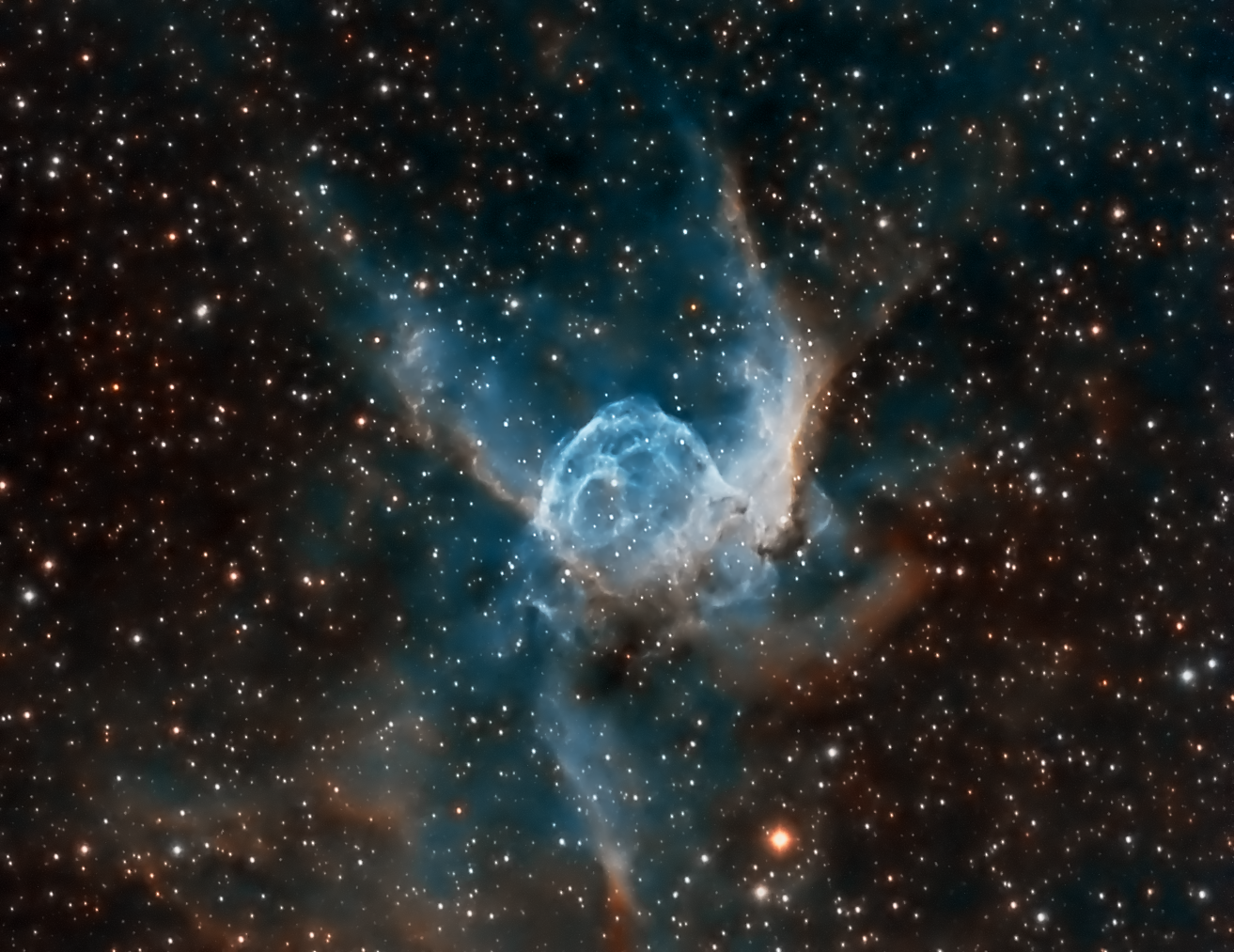
Similar Posts
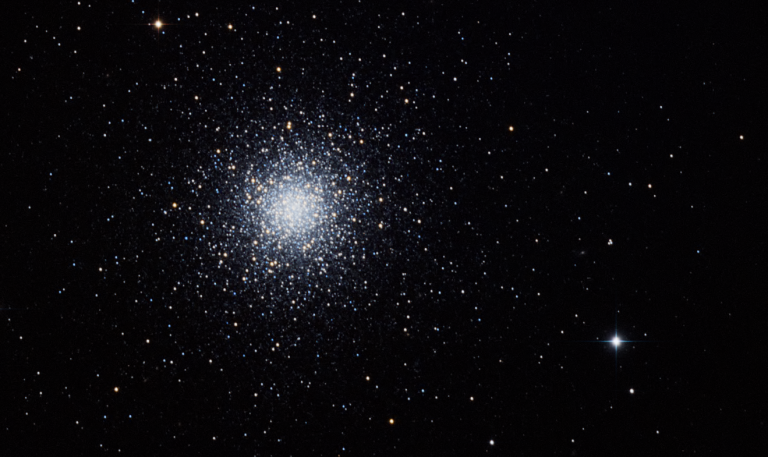
Globular Cluster M3
You’re looking at about 500,000 stars, balled up just outside of our galaxy. They are ancient; about 8 billion years old.
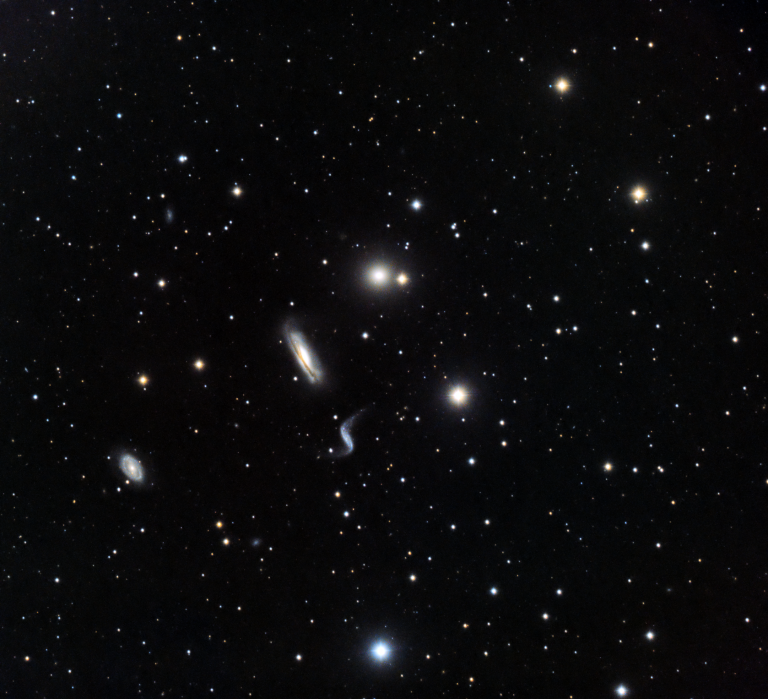
The Hickson 44 Galaxy Group
This is a weird little cluster of galaxies – there are four in all, and each one is completely different. There’s a weird, S-shaped one that must have been messed up by its neighbors in the past, a somewhat normal-looking spiral galaxy, and elliptical, and another one that’s viewed edge-on. Galaxies that have interacted with…
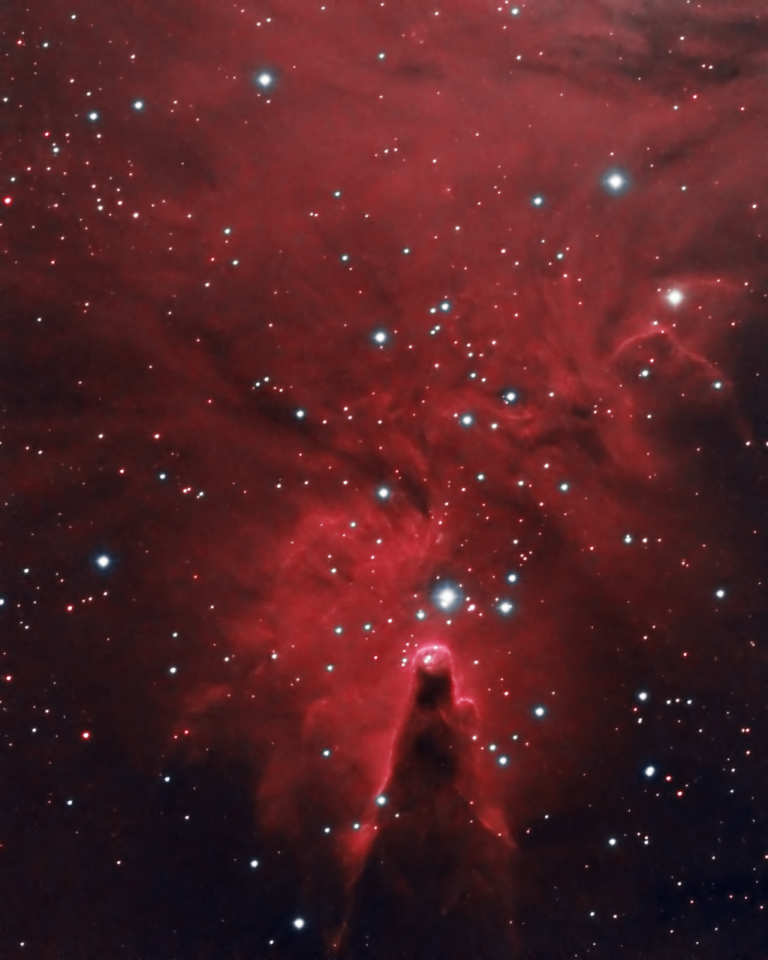
Cone Nebula
Narrowband image of the cone-shaped absorption nebula in front of the brighter emission nebula in this interesting region of the Christmas Tree Cluster, about 2,700 light-years away.
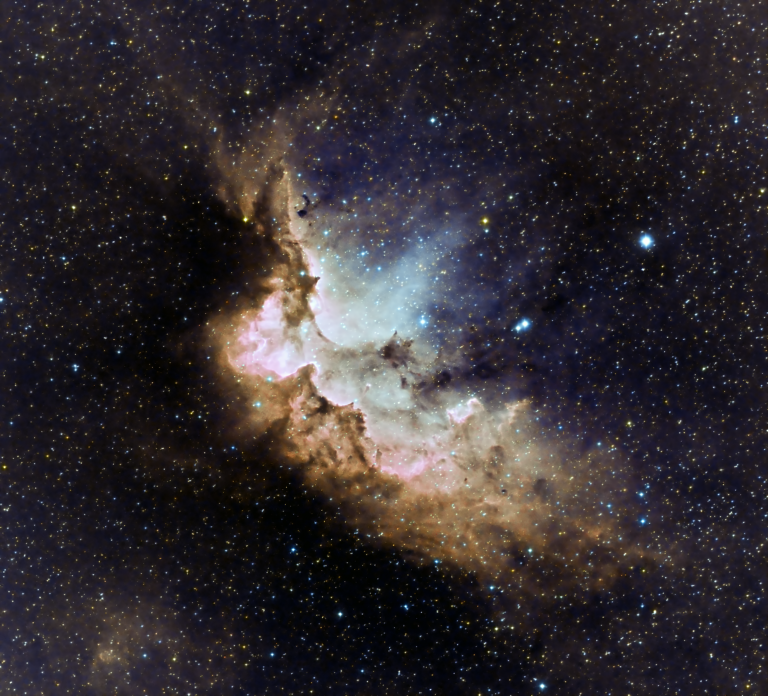
Off to See the Wizard
There are a lot of stars in this picture; the gases of the Wizard Nebula (formally SH2-142) are the birthplace of those stars, and more are being created even now. It’s located about 7,200 light-years away, and is extremely dim – it took over 9 hours of exposure time to capture this image. Your ability…
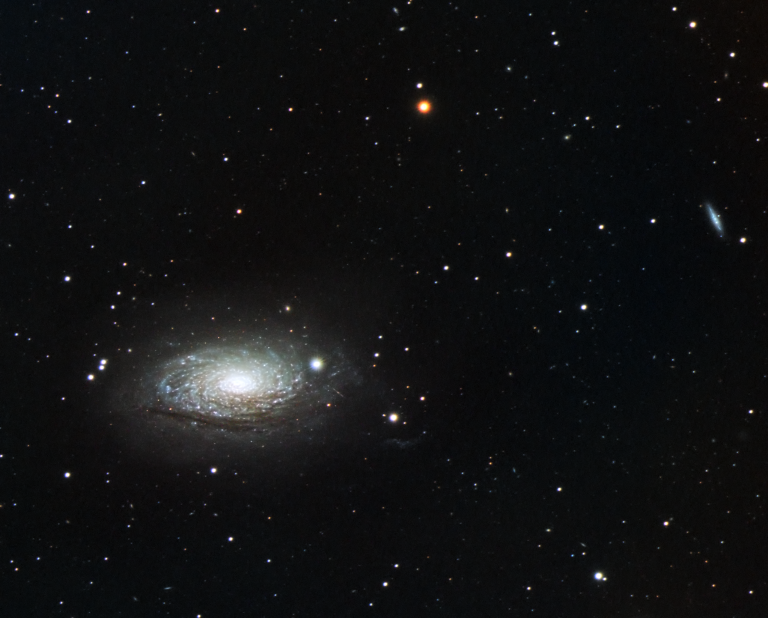
A Cosmic Sunflower
Last night I revisited M63, the Sunflower Galaxy. More formally M63, the Sunflower Galaxy is about 25 million light-years away. It’s about the same size as our Milky Way, but is classified as a “flocculent spiral” galaxy due to its poorly defined spiral arms. The more distant edge-on spiral galaxy on the right doesn’t show…
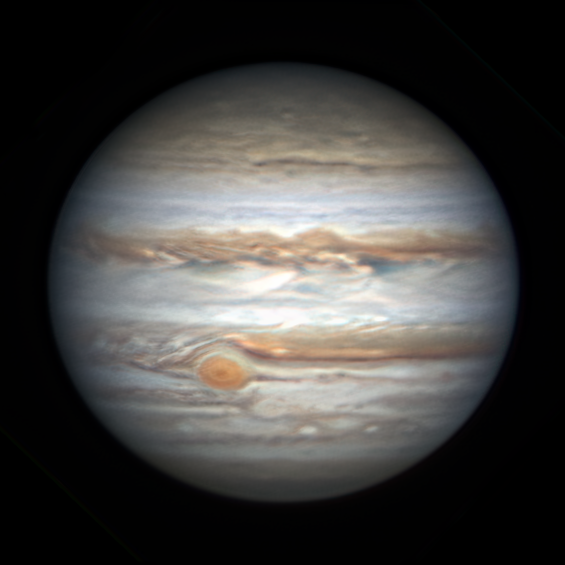
My best shot of Jupiter yet!
A lot of things have to come together for a good image of the planets. The air needs to be as still as possible, the planet you’re imaging needs to be as directly overhead as possible, and the planet itself should be as close to the Earth as possible. And then, all your equipment has…

